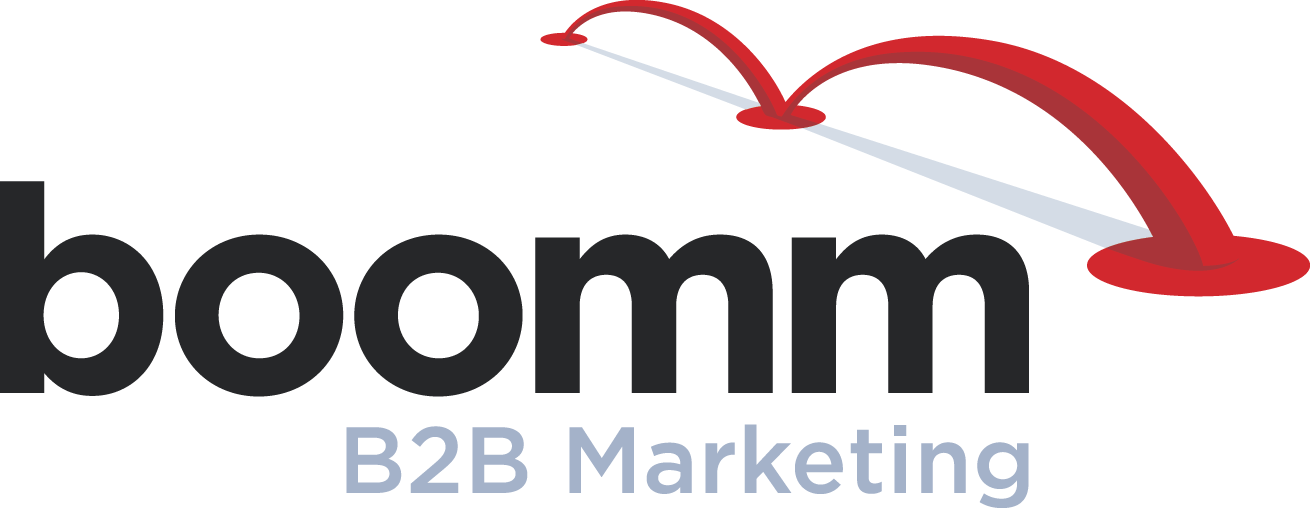B2B Twitter Strategy to Maximize Interaction and Minimize Spam
Twitter is what you make of it. It can be a great place to interact with others in your industry and a consistent source of leads and news—or it can be a confusing mess of irrelevant information and spam. Having a good B2B Twitter strategy in place will help you make the most of your social media experience. There are two parts to a good Twitter strategy: maximizing interaction, especially with industry influencers, and minimizing spam.
Maximizing Interaction
It can be tough to put the “social” in “social media” as a B2B company. So many people are talking, and it’s hard to hear them all, let alone respond. Here are a few ways to get connected to others in your industry and join conversations:
- Identify and follow the influencers in your industry. This first step is crucial. Think of major publications, thought leaders, company executives and leaders of professional associations. You can do a quick Google search if you’re having trouble thinking of people. Then find them on Twitter and follow them. Many companies feel awkward or strange following people they don’t know and so they stick to following customers. Don’t make that mistake.
- When you appreciate something, retweet or favorite it, then reply with an expression of your interest. Engaging with others’ content is a great way to build connections and keep your company on an influencer’s radar. If you enjoyed a blog post or an interesting insight tweeted by an industry leader, express that enjoyment by retweeting or favoriting it, as well as engaging directly with the creator. The benefits of this go beyond engagement—sharing content from a variety of sources builds your brand as well as your influence.
- Participate in Twitter chats or hashtag usage. Many influencers host their own Twitter chats or create hashtags in order to have a conversation around a particular topic. Keep your eye on trending topics and what your feed is talking about to identify these chats. Then, jump in with insights of your own. Not only will you make your company visible to many in the industry, you’ll also likely gain useful information on a topic that’s important to you.
- Don’t be afraid to ask questions. What if you could ask your favorite industry leader that thing you’ve been dying to know more about? While the 140 character limit can make asking questions hard, starting a conversation with an influencer or thought leader is easier on Twitter than it is anywhere else. Come with a great, succinct question that can easily be answered in tweet form, then go ahead and ask it. Some influencers get bombarded on Twitter, and may not be able to answer, but many are more than happy to answer questions and chat with others in the industry. Asking good questions can be a great way to build connections.
Minimizing Spam
There’s a lot of noise on Twitter. Here are some ways to filter it out:
- Create a Twitter list. The list function on Twitter is a great way to curate the voices you most want to listen to. Make a list of influencers, a list of customers or clients, a list of industry news-breakers. Rather than having to scroll down your feed to find the latest on a given topic, you can click on the list and see only the tweets that are relevant to you. Also, people are notified (and usually flattered) when you add them to a list, so lists are another way to get your company noticed on Twitter.
- Block fake accounts and spammers liberally. It’s great to have lots of followers, but if those followers are fake accounts or spambots, they’ll hurt you more than they help you. If you spot fake accounts in your notifications, block them and report them for spam. Some fake accounts are blatant—like the ones that promise to sell you Twitter followers in their bios—but some are a little more subtle. A good way to sniff out a fake account is to look at its replies. If the account doesn’t have any, or if all the replies say the same thing, it’s probably fake.
- Monitor the topics you’re interested in. So many conversations are going on at one time on Twitter. Rather than trying to follow all of them at once, pick something that captures your attention and monitor the replies or hashtag associated with it. You can also use the Twitter search function to find what people are saying on a given topic. Delving in-depth to a topic like this will help you focus your attention and find opportunities for engagement.
With a solid B2B Twitter strategy, the platform can go from overwhelming to helpful. These simple ideas will give you a strong base on which to build that strategy.
Image Credit: Esther Vargas (Creative Commons)


